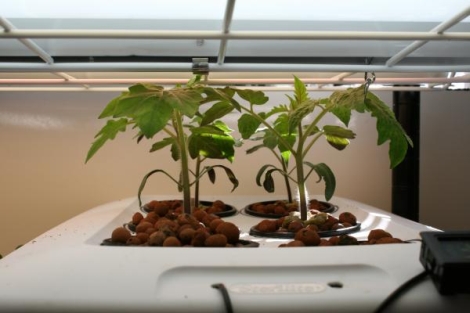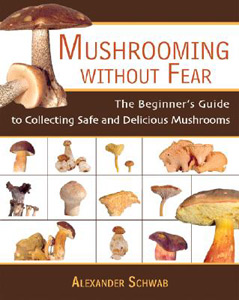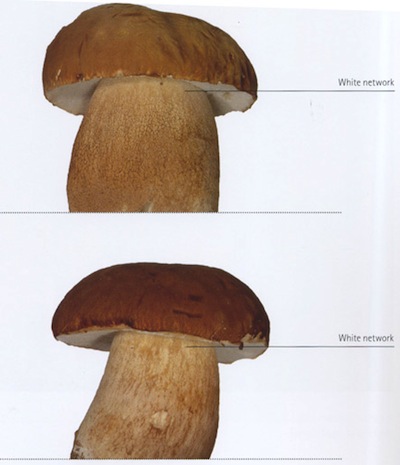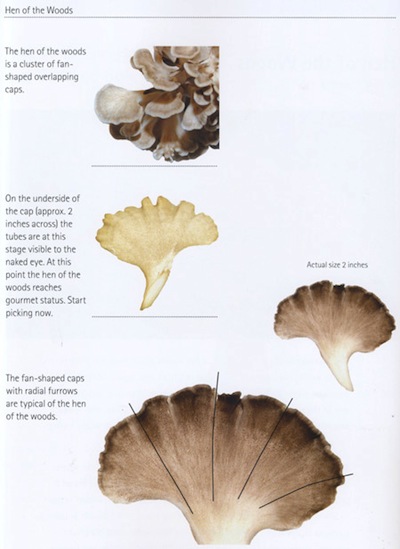Crab n cream cheese wonton w-SPRINGFIELD, MO CASHEW CHICKEN

Crab n cream cheese wonton w-SPRINGFIELD, MO CASHEW CHICKEN



Logically, we should recycle our urine to capture its many nutrients for growing new food. Here’s a fuller case for that argument, and if you buy it, how to practically accomplish this export on the small scale of a homestead. Most likely you’ll be the only person in your neighborhood mining “liquid gold,” but you may also be an outlaw, two issues this book anticipates. The small book is also chock full of urine lore, including the historical medical, cooking (!), chemical, and agricultural roles urine has had. This small booklet changed my mind.
Liquid Gold
Carol Steinfeld
2004 (2007), 95 pages
$11
Available from Amazon
Sample Excerpts:
Sample excerpts:

Hakan Jonsson fertilizes his lawn with a device he made that distributes urine evenly through perforated pipe while he dilutes it with a garden hose.
*

Urinals for women are not new, but the demand for these has been limited.
Lately, women's urinals have popped up at music festivals where disposable cardboard personal urine diverters, such as the P-Mate (below), are provided with which to use them.
The advantage: More service in a smaller space and shorter waits for portable toilets.

*

The largest ears of corn on the left were fed a 3:1 water-urine mixture three times a week. The others were fed far less.
*
According to sanitation researcher Caroline Schonning of the Swedish Institute of Infectious Disease Control, humans rarely excrete disease-causing organisms, orpathogens, in urine. Also, most pathogens die when they leave their hosts, either immediately or shortly thereafter. The only significant urine-transmitted diseases are leptospirosis (usually transmitted by infected animals), schistosoma, and salmonella. The first two are rare--usually found only in tropical aquatic environments--and the last is typically inactivated shortly after excretion. The more likely health risk is urine contaminated by feces that were misplaced in a urine-diverting toilet.
Second excerpt:
*
There are other ways to use liquid gold. For small amounts of urine, you can make a urine planter. Layer shredded cardboard or paper with chunky sand or peastone. Add more material when the contents shrink as the paper decomposes. Plant hearty nutrient-loving plants, shrubs, or small trees. Urine also works well in hydroponic planter systems.

Layer sand and peastone with shredded cardboard in a planter to create a urine planter. Over time, the mix will decompose into a soil.
*
Applying urine to leaves, not roots, is its most effective use, according to Paul William. "Foliar feeding is much more efficient at stimulating plant growth than fertilizing via the root system only," he says. "The leaves respond within hours of the application."

Paul William applies diluted urine to fruit trees.
To determine the best dilution to prevent the mis from getting too salty, he uses a TDS (total dissolved solids) meter available from hydroponic garden supply stores. "My tap water has 600 ppm (pars per million) as a result of the chlorine salts before I add any urine. I add urine until I get around 1,700 ppm." He also adds a bit of soap so the spray better penetrates the leaves.
"Urine foliar feeding is amazing," he says. "My friends are having huge success growing all kinds of tropical plants doing it, and my temperate plants are so lush and green, it boggles the mind!"
Most of us don't have quite the right mix of constant sun, available square footage, and patience necessary to make true sun-dried tomatoes at home. But we can take a short-cut!
Do you know where your honey comes from? Food Safety News reports that as much as a third of honey (and likely more) sold in the United States has been imported from China. So what? Much of this imported honey has been banned in Europe and likely contains potentially harmful additives. How can you avoid it?

 What do you get when you mix the freshest plums, berries, and melons that summer has to offer with a little sugar and a splash of sparkling water? Why the snazziest sodas around, of course. Are you ready to get your soda on?
What do you get when you mix the freshest plums, berries, and melons that summer has to offer with a little sugar and a splash of sparkling water? Why the snazziest sodas around, of course. Are you ready to get your soda on?

Grist wrote about a study that compared the nutrients found in fruits and vegetables grown in 1999 to those grown almost 50 years before. Breeding high-yielding crops, it seems, has led to a loss of nutrients in our produce.
I have to apologize. See, I got so excited about the idea of homemade hamburger buns that....well, I forgot the burger. When you make these, be sure you don't do that because these soft and oh-so-fluffy buns deserve to be crowned with some mighty fine burgers.



If you enjoy gardening, it’s never too early to start thinking about next year’s growing season. [Jared Bouck] over at InventGeek loves his tomatoes, but the slow grow rates of his dirt-bound plants were less than impressive. To get things moving faster, he created a low-cost aeroponics system that uses ultrasonic mist to produce some pretty impressive results.
The construction process of this ultrasonic aeroponics rig looks dead simple, and [Jared] said that he had everything assembled in about half an hour. A cheap ultrasonic mister was mounted in the bottom of a plastic tub, and holes were cut in the tub’s lid to make room for his growing baskets. Tomato seedlings were wrapped in rock wool and placed in a clay growing medium, suspended over the water bath. The mister was turned on, and after just a few days, the results were obvious.
In the last step of his tutorial, he compares his aeroponically grown plant to one grown in soil – the difference is unbelievable. Considering how reasonably priced his setup is, it seems like a no-brainer to start growing your entire vegetable garden this way.
This chair looks like it's on its last leg. Um, literally. The leg on this chair had rusted through and the whole thing was bent out of shape. No wonder it was sitting out on the curb, waiting for the garbage collector. But wait! This chair hasn't quite reached the end of its life just yet …

Can you tell the difference between a head of cabbage and a head of lettuce? Then you can safely pick and eat some wild mushrooms. The key is to learn to identify a few easily identifiable delicious species, and then stick with these easy ones for a while. This book does a fantastic job of holding your hand every step of the way. It gives you reliable rules for learning 10 or so yummy and safe mushrooms. I wish I had this book when I was first starting out. It is a great substitute for going out with an expert.
Mushrooming Without Fear
Alexander Schwab
2006, 128 pages
$10
Available from Amazon
Sample Excerpts:
Rule number 1: never, never take a mushroom with gills!!! This is our life insurance.
Rules number 2: Only take mushrooms with tubes, spines and ridges and the mavericks portrayed in this book. This means thoroughly understanding the information on pages 18-27 of this book.
Rule number 3: Only eat mushrooms which you have clearly identified with ALL of the positive ID marks. The mushrooms you take must be a certain size in order to show all the identification marks. In their baby stage, so to speak, some deadly and poisonous mushrooms are almost indistinguishable from harmless species.
*
These are summer ceps. However all ceps, summer or autumn, show a fine white network on the top of the stem right underneath the tubes.
*